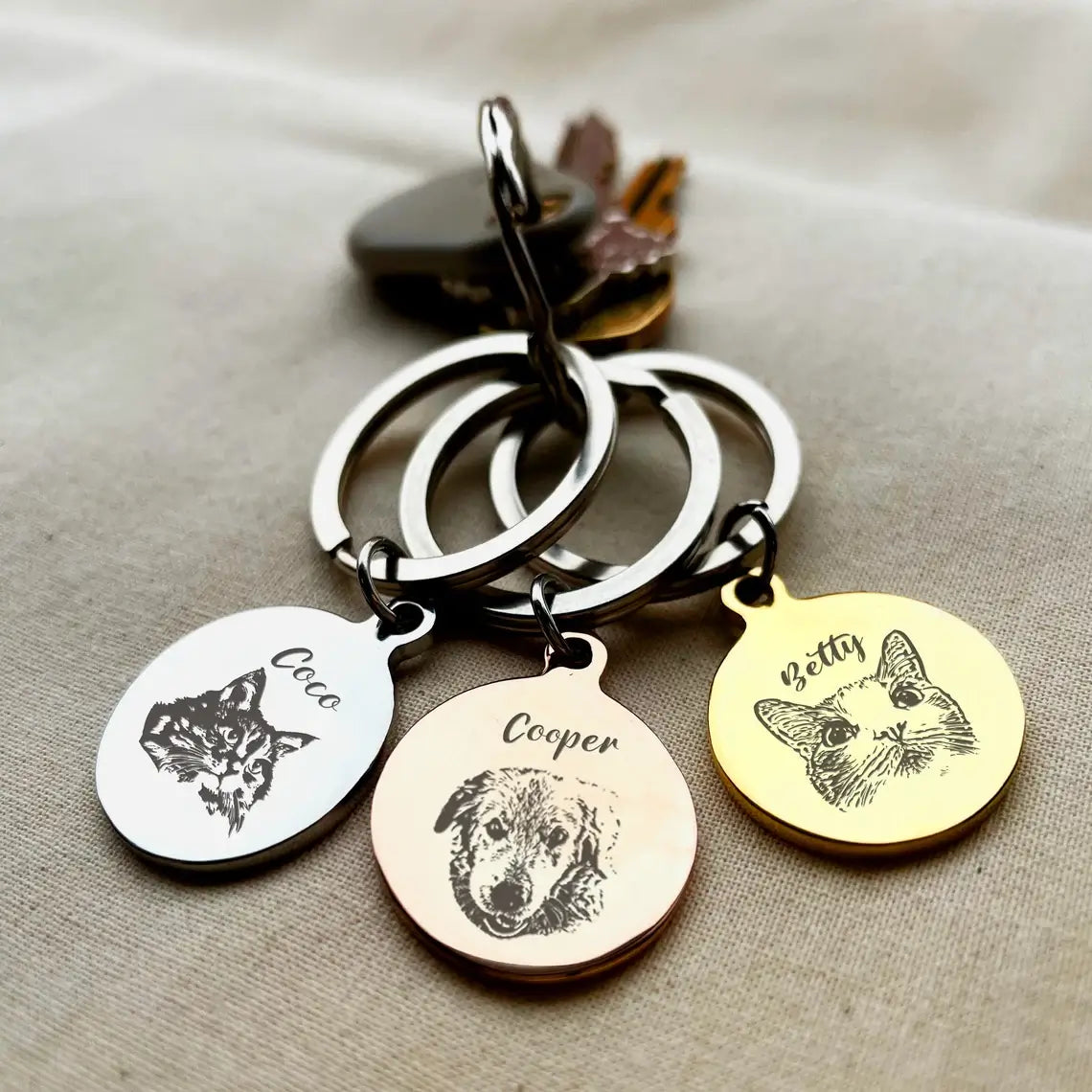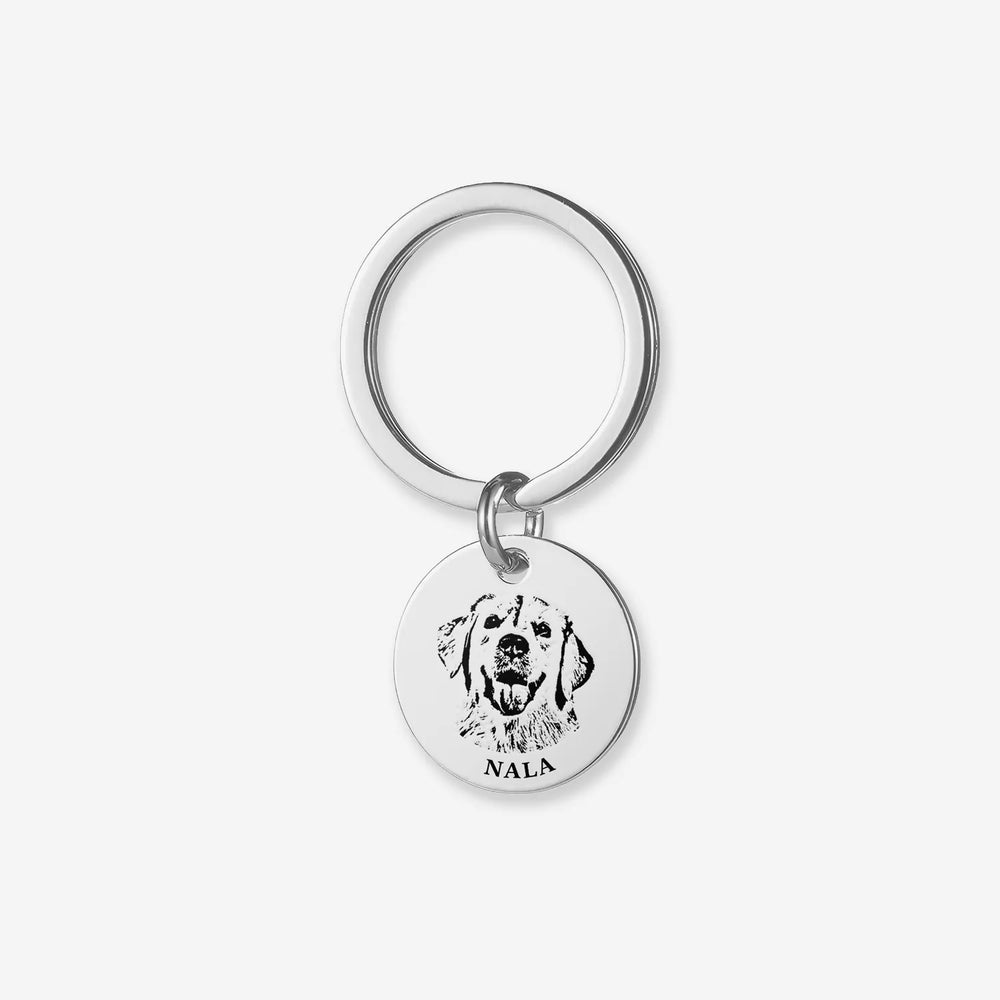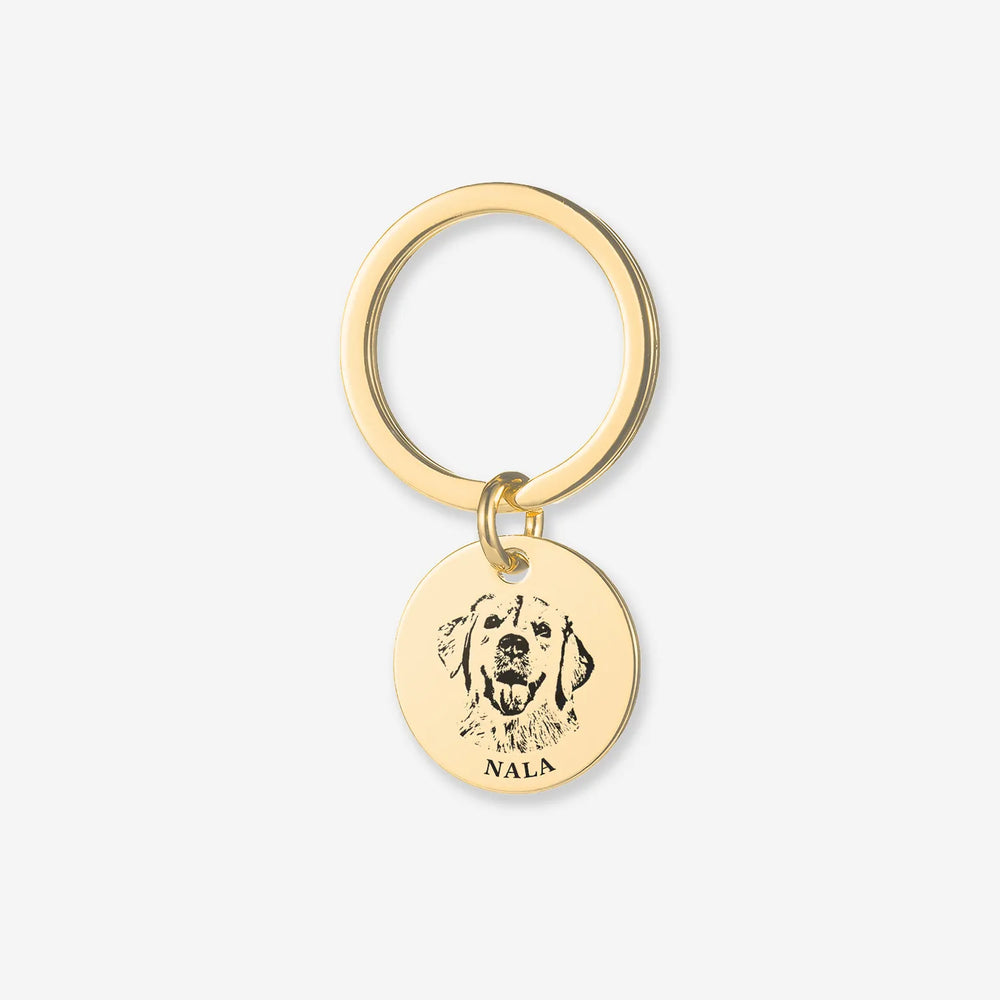Buy One, Get One FREE
Top 20 Largest and Strongest Dog Breeds Worldwide in 2024

In the vast and diverse world of dog breeds, certain breeds stand out due to their impressive size and remarkable strength. These breeds have been historically valued for their roles in guarding, working, and companionship. In 2024, the interest in these powerful breeds continues to grow, reflecting a blend of admiration for their physical prowess and their deep emotional connections with humans. This article explores the top 20 largest and strongest dog breeds worldwide, providing insights into their characteristics, histories, and roles in modern society.

The Criteria for Determining Size and Strength
When determining the largest and strongest dog breeds, several factors are considered:
- Physical Dimensions: Height and weight are primary indicators of size. For example, the average weight of an English Mastiff can exceed 200 pounds, with some reaching up to 230 pounds.
- Muscle Mass and Physical Strength: This includes the breed's muscle density and physical capabilities. Breeds like the Alaskan Malamute are known for their strength, capable of pulling heavy loads over long distances.
- Historical Roles and Purposes: Many large and strong breeds were originally bred for specific tasks such as guarding livestock, hunting, or pulling sleds, which required significant strength and stamina.
- Temperament and Endurance: A breed's ability to maintain its strength and energy over extended periods is also a critical factor.
Top 20 Largest and Strongest Dog Breeds in 2024
1. English Mastiff

- History and Origin: Originating from England, this breed has been used for guarding estates and even in battles.
- Physical Characteristics: English Mastiffs can stand 27-30 inches tall and weigh between 160-230 pounds.
- Strengths and Uses: Known for their protective nature and massive build, they make excellent guard dogs.
- Temperament and Care: Despite their size, they are gentle giants, great with families but require space and regular exercise.
2. Great Dane

- History and Origin: Bred in Germany, originally for hunting wild boar.
- Physical Characteristics: They can reach heights of 28-34 inches and weigh between 100-200 pounds.
- Strengths and Uses: Their height and strength make them formidable hunters and protectors.
- Temperament and Care: Friendly and affectionate, but their size requires a significant amount of food and exercise.
3. Saint Bernard

- History and Origin: Originated in the Swiss Alps, known for rescuing travelers in the mountains.
- Physical Characteristics: Typically weigh 140-180 pounds and stand 26-30 inches tall.
- Strengths and Uses: Excellent for search and rescue due to their strength and keen sense of smell.
- Temperament and Care: Gentle and friendly, but their thick coats need regular grooming.
4. Neapolitan Mastiff
- History and Origin: From Italy, used as guard dogs.
- Physical Characteristics: Weigh between 110-150 pounds and stand about 24-31 inches tall.
- Strengths and Uses: Known for their loyalty and protective instincts.
-
Temperament and Care: Calm and quiet, but need regular exercise and socialization.

5. Tibetan Mastiff

- History and Origin: Ancient breed from Tibet, used as guardians of livestock.
- Physical Characteristics: Can weigh between 85-160 pounds and stand 24-30 inches tall.
- Strengths and Uses: Excellent watchdogs due to their independence and protective nature.
- Temperament and Care: Aloof with strangers but affectionate with family; require regular grooming.
6. Leonberger

- History and Origin: German breed, originally bred as a working dog.
- Physical Characteristics: Weigh between 90-170 pounds and stand 26-31 inches tall.
- Strengths and Uses: Known for their strength and versatility.
- Temperament and Care: Gentle and friendly, good with children, but need regular exercise.
7. Newfoundland

- History and Origin: From Canada, known for their water rescue capabilities.
- Physical Characteristics: Weigh between 100-150 pounds and stand 26-28 inches tall.
- Strengths and Uses: Strong swimmers, used for water rescues.
- Temperament and Care: Calm and patient, require regular grooming and exercise.
8. Irish Wolfhound

- History and Origin: From Ireland, originally used for hunting wolves.
- Physical Characteristics: Can stand up to 32 inches tall and weigh 105-120 pounds.
- Strengths and Uses: Known for their hunting abilities.
- Temperament and Care: Gentle and friendly, but their size requires a large living space.
9. Cane Corso

- History and Origin: Italian breed, used as a guard dog.
- Physical Characteristics: Weigh between 90-120 pounds and stand 23-27 inches tall.
- Strengths and Uses: Excellent protectors.
- Temperament and Care: Loyal and affectionate with family, require training and socialization.
10. Anatolian Shepherd

- History and Origin: From Turkey, used for guarding livestock.
- Physical Characteristics: Weigh between 90-150 pounds and stand 27-29 inches tall.
- Strengths and Uses: Independent and strong, ideal for guarding.
- Temperament and Care: Reserved with strangers, require training and socialization.
11. Dogue de Bordeaux

- History and Origin: French breed, used as guard dogs.
- Physical Characteristics: Weigh between 110-145 pounds and stand 23-27 inches tall.
- Strengths and Uses: Powerful and protective.
- Temperament and Care: Loyal and affectionate, need regular exercise.
12. Great Pyrenees

- History and Origin: From the Pyrenees mountains, used to guard sheep.
- Physical Characteristics: Weigh between 85-160 pounds and stand 25-32 inches tall.
- Strengths and Uses: Excellent watchdogs.
- Temperament and Care: Gentle and affectionate, need regular grooming.
13. Komondor

- History and Origin: Hungarian breed, used to guard livestock.
- Physical Characteristics: Weigh between 80-100 pounds and stand 25-31 inches tall.
- Strengths and Uses: Independent and protective.
- Temperament and Care: Reserved with strangers, require grooming for their unique coat.
14. Kuvasz

- History and Origin: Hungarian breed, used for guarding livestock.
- Physical Characteristics: Weigh between 70-115 pounds and stand 26-30 inches tall.
- Strengths and Uses: Protective and independent.
- Temperament and Care: Loyal and affectionate, need regular exercise.
15. Akita

- History and Origin: Japanese breed, used for hunting and guarding.
- Physical Characteristics: Weigh between 70-130 pounds and stand 24-28 inches tall.
- Strengths and Uses: Strong and protective.
- Temperament and Care: Loyal and affectionate, require regular exercise.
16. Alaskan Malamute

- History and Origin: Alaskan breed, used for sled pulling.
- Physical Characteristics: Weigh between 75-85 pounds and stand 23-25 inches tall.
- Strengths and Uses: Strong and durable, used for sledding.
- Temperament and Care: Friendly and playful, need regular exercise.
17. Bernese Mountain Dog

- History and Origin: Swiss breed, used for herding and drafting.
- Physical Characteristics: Weigh between 70-115 pounds and stand 23-28 inches tall.
- Strengths and Uses: Versatile and strong.
- Temperament and Care: Gentle and affectionate, need regular grooming.
18. Boerboel

- History and Origin: South African breed, used for guarding.
- Physical Characteristics: Weigh between 110-200 pounds and stand 22-28 inches tall.
- Strengths and Uses: Protective and strong.
- Temperament and Care: Loyal and affectionate, require training and socialization.
19. Kangal

- History and Origin: Turkish breed, used for guarding livestock.
- Physical Characteristics: Weigh between 90-145 pounds and stand 28-32 inches tall.
- Strengths and Uses: Protective and strong.
- Temperament and Care: Reserved with strangers, require training and socialization.
20. Presa Canario

- History and Origin: Spanish breed, used for guarding.
- Physical Characteristics: Weigh between 80-130 pounds and stand 22-26 inches tall.
- Strengths and Uses: Protective and strong.
- Temperament and Care: Loyal and affectionate, require training and socialization.
Comparing the Breeds
- Similarities: Many of these breeds share traits such as loyalty, protectiveness, and a strong work ethic. They have been historically bred for roles that require strength and endurance.
- Differences: The breeds vary significantly in terms of size, temperament, and specific uses. For example, while the Saint Bernard is known for its gentle nature and rescue capabilities, the Cane Corso is more commonly used as a guard dog.
- Suitability: Different breeds are better suited for different roles and living environments. Potential owners should consider factors such as space, activity level, and family dynamics when choosing a breed.
The Role of Large and Strong Breeds in Modern Society
- Historical Roles: Many of these breeds have roots in guarding, herding, hunting, and working alongside humans in various capacities. These roles have evolved over time, but the breeds' core traits remain.
- Current Uses: Today, these breeds are often used as family pets, working dogs, therapy animals, and in competitive sports. Their size and strength make them valuable in roles that require physical endurance and protective instincts.
- Considerations for Potential Owners: Owning a large and strong breed comes with responsibilities. These dogs often require more space, exercise, and training compared to smaller breeds. It's crucial for potential owners to understand the breed-specific needs and be prepared to meet them.
Conclusion
The top 20 largest and strongest dog breeds in 2024 are a testament to the incredible diversity and adaptability of canine companions. These breeds, with their impressive size and strength, offer unique benefits and challenges. Whether used for protection, companionship, or work, they embody the deep bond between humans and dogs. Prospective owners are encouraged to research thoroughly and consider their own lifestyle and needs before choosing one of these remarkable breeds. The right match can lead to a rewarding and meaningful relationship with a loyal and powerful canine friend.




















